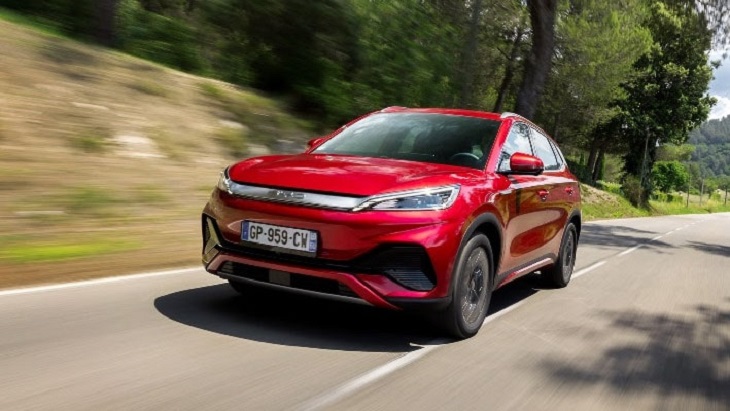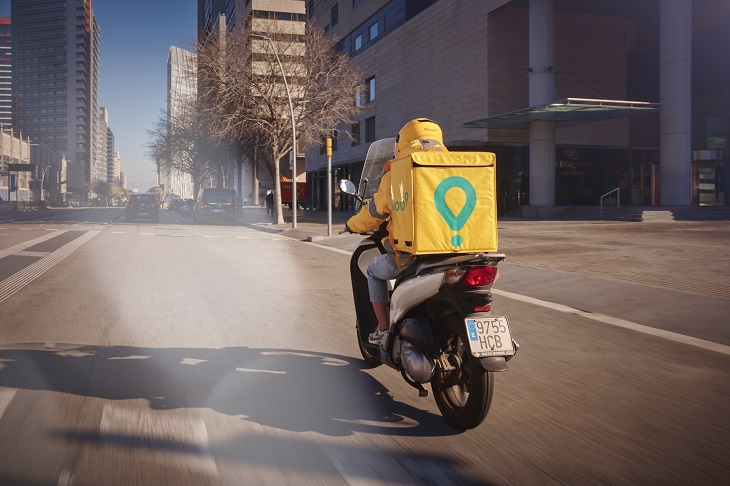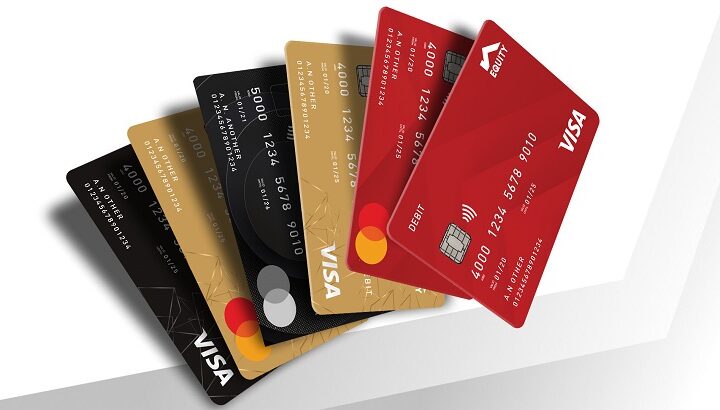If you are looking at buying a car, it is important to know the ones that are popular and why they are popular. You do not just wake up and buy a car. Here are some of the popular units:
Commercial Picks Dominate: Isuzu D‑Max Leads the Pack
In 2024, the Isuzu D‑Max emerged as Kenya’s best‑selling model, capturing around 21.4% of market share, outpacing longstanding rivals Toyota Hilux and Land Cruiser 70 Series
Focus2Move reports that in Q1 2025, Isuzu maintained an astounding 54.7% brand share, with D‑Max sales up 85.6%, while Toyota followed with 22.4% and a 50.9% uplift
These tough pickups remain top-of-mind for businesses, farmers, logistics operators, and anyone needing rugged reliability on rough and unpredictable terrains.
Toyota Trucks and Vans: Still Strong, Slightly Losing Ground
While Toyota still commands a significant share, the Hilux, Land Cruiser 70, and Hiace remain among the top models; however, their share is slipping slightly in the face of Isuzu’s assault. The Land Cruiser 70 Series continues to be favored for heavy‑duty and off‑road use, especially in rural areas and safari operations, thanks to its legendary longevity.
The Hiace van, long the backbone of Kenya’s public transport and cargo sector, remains widely used for its flexibility and low upkeep.
Rugged SUVs and Niche Models Finding Footing
Vehicles like the Toyota Fortuner and Prado remain desirable among executives, families, and those wanting prestige with utility.
Meanwhile, Mazda and Audi have also become more visible, especially in urban circles—Mazda for its stylish demographics and Audi for growing popularity among tech-savvy youth despite higher service costs.
Affordable Hatchbacks Hold Their Own in Used Imports
At the affordable end, second‑hand models such as Toyota Vitz, Honda Fit, Mazda Demio, Nissan Note, Suzuki Alto, and Toyota Passo remain staples for first-time and budget-conscious buyers.
The Vitz, especially, remains ubiquitous for its unmatched fuel efficiency, low spare‑part cost, and strong resale value.
Used Imports Reign Supreme
Kenyans overwhelmingly purchase used imported cars, primarily from Japan and the UAE, because new vehicles typically cost over US$13,000, while used models can be found for under US$2,000.
Government regulations allow only vehicles up to eight years old, which ensures a relatively modern fleet but reinforces the strength of the second‑hand market.
Green Mobility: Hybrids and EVs Emerging
Kenya’s hybrid and electric market is small but expanding fast. EVs grew from just 65 units in 2018 to over 5,294 in 2024, a 41% year-on-year jump.
Government tax reductions, from 20% excise duty to 10%, plus VAT exemption for fully electric cars, have helped fuel interest.
The policy target is for EVs to constitute 5% of all vehicle imports by the end of 2025, roughly 16,000 units annually.
Electrified mobility via e-bikes, electric tuk‑tuks, and electric buses is also gaining traction. Nairobi-based Spiro is expanding electric motorbikes with battery swapping stations across several African countries.
Meanwhile, BasiGo has begun leasing electric buses locally, assembling vehicles in partnership with AVA, and rolling out public charging stations in Nairobi.
Local startups like eMkoko also propose e‑carts for city transport demands
Digital Tools, Auto Finance & Local Assembly Expanding
Digital platforms now drive vehicle listings, price comparisons, and financing decisions—accelerating access for average buyers in Kenya.
Auto financing has also surged: by 2023, Kenyan vehicle loans totaled nearly KES 250 billion, empowering ownership for both new and second-hand cars using tailored lending products from Stanbic Bank VAF, with Kenyans taking advantage and buying their cars.
Whether you’re looking for car loans in Kenya or need to finance machinery and equipment, Stanbic Bank VAF offers up to 72 months of flexible repayment terms and competitive interest rates.
Kenya’s most popular vehicles reflect a market where practicality meets aspiration. Durability, reliability, fuel economy, resale value, and low maintenance are non-negotiable. This explains the dominance of Isuzu D‑Max, Toyota 70 Series, Hilux, and Hiace, all of which serve clear commercial or rugged-use value. Meanwhile, used imports and small hatchbacks remain the gateway to personal mobility for the majority.
But the horizon is shifting. With supportive policies, rising fuel prices, and entrepreneurial momentum in the e-mobility space, hybrid and electric vehicles—especially two‑ and three‑wheelers—are poised to scale fast. Local assembly, financing innovation, and digital marketplaces are strengthening Kenya’s automotive ecosystem from the ground up.










